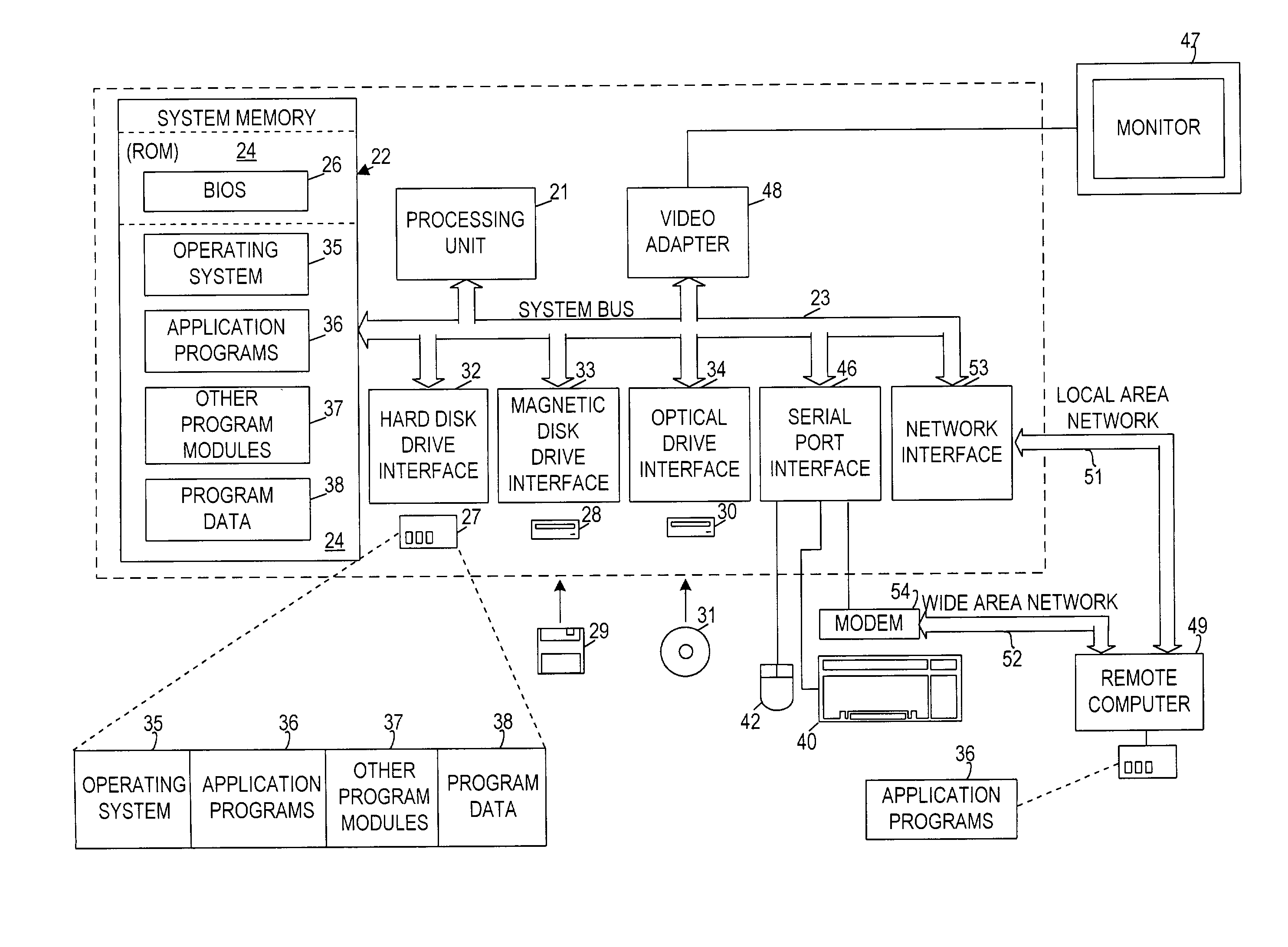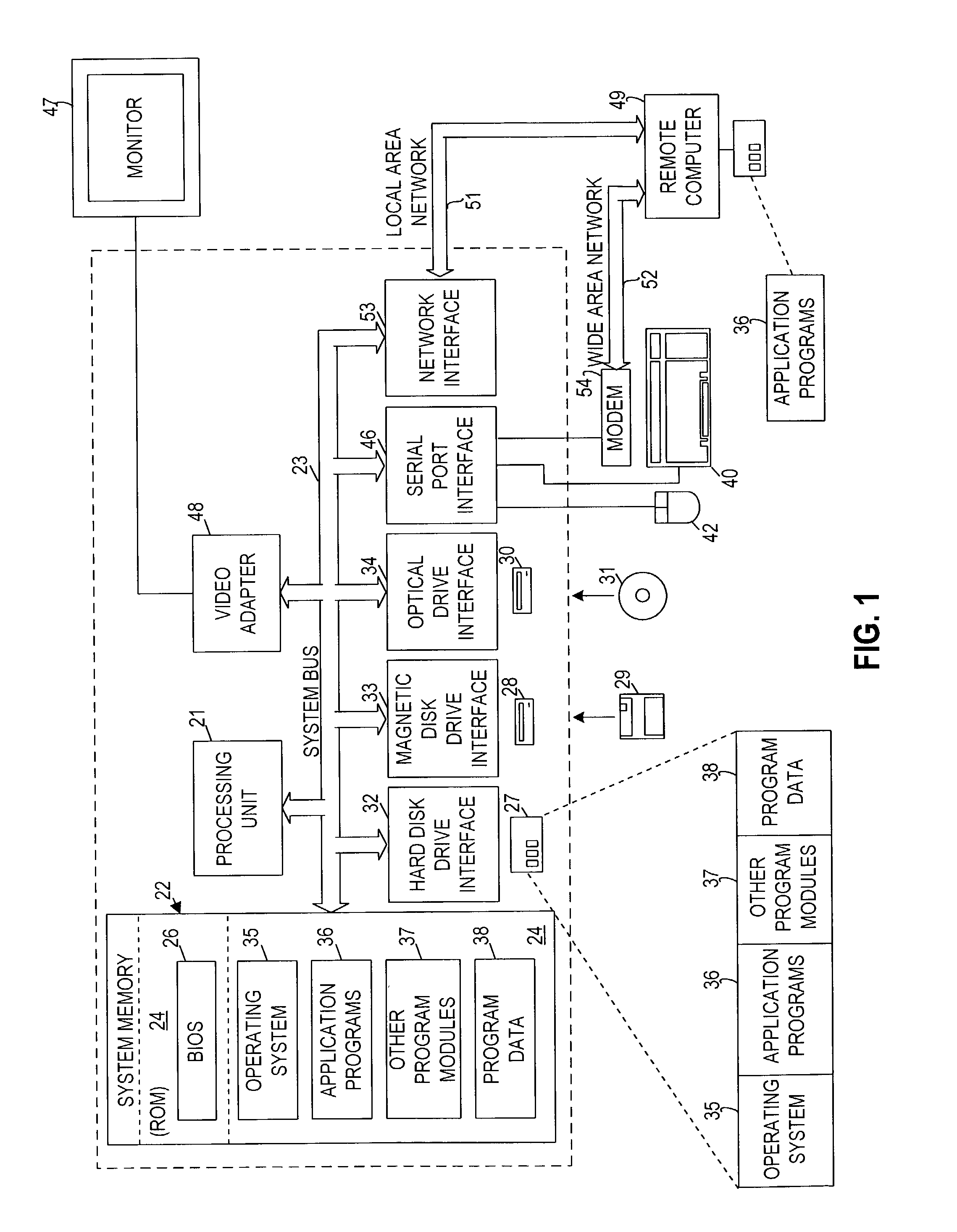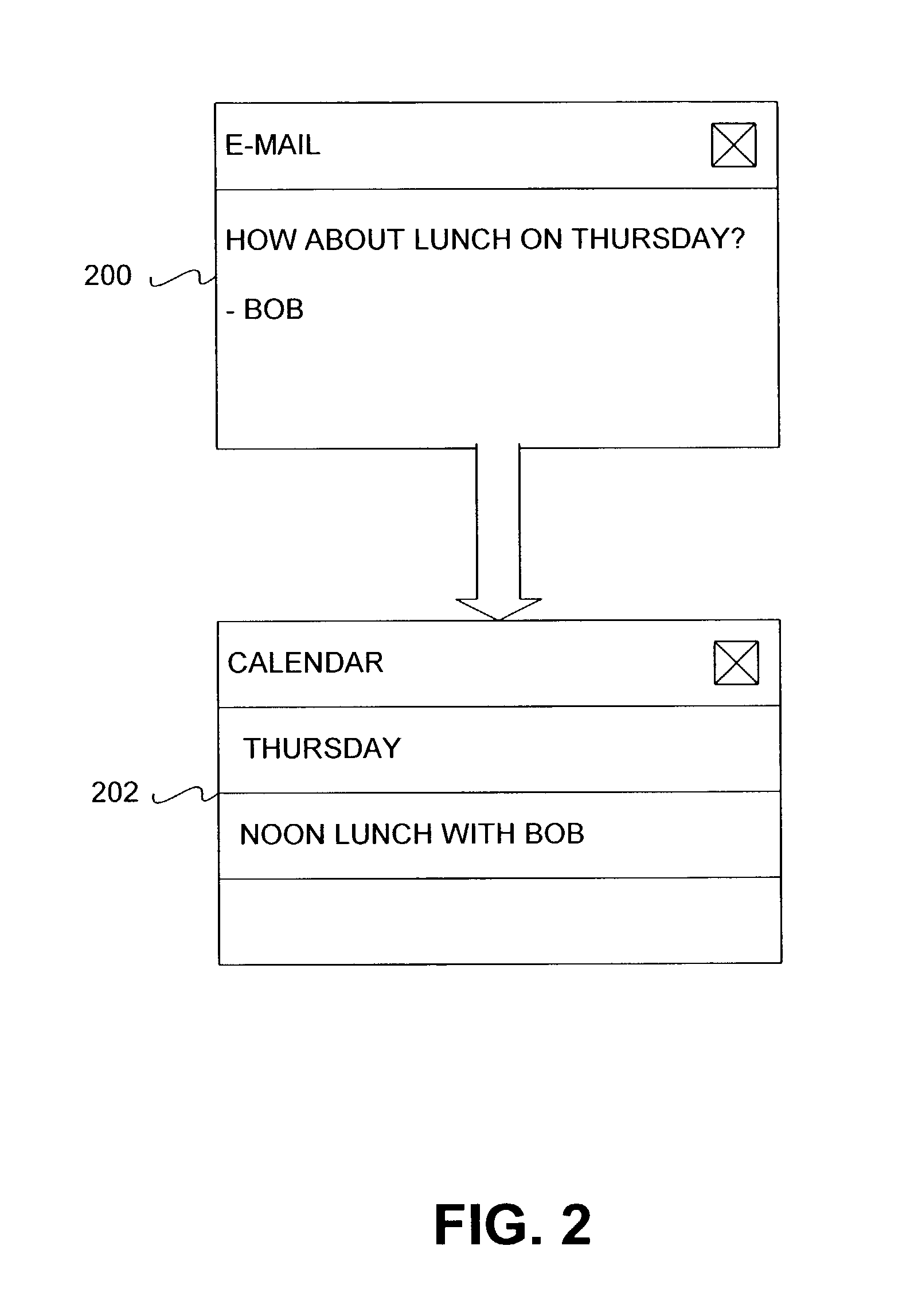Systems and methods for estimating and integrating measures of human cognitive load into the behavior of computational applications and services
a technology of cognitive load and computational applications, applied in the field of automatic services, can solve the problems of limited cognitive processing capabilities of humans, and achieve the effects of facilitating cognitive processing, and reducing the number of cognitive processing tasks
- Summary
- Abstract
- Description
- Claims
- Application Information
AI Technical Summary
Benefits of technology
Problems solved by technology
Method used
Image
Examples
example 1
[0067]CT=ƒ(CP1, CP2 . . . CPN), wherein CT relates to a comprehension time, ƒ is a function, CP relates to cognitive parameters or variables, and N is an integer. It is noted that the expression in Equation 1 can be employed with substantially any model type or process to determine / predict / infer cognitive capabilities (e.g., probability models, Bayesian inference models, Support Vector Machines (SVM), Naive Bayes, Bayes network, decision tree, similarity-based, vector-based, and / or other learning models or combinations thereof). The comprehension time, CT, is thus employed by the dwell controller 1052 to generate the dwell controls 1036 described above.
[0068]A particular example of the expression in Equation 1 can be stated as:
example 2
[0069]CT=ƒ(CC, CE, CB, CO, . . . ), wherein CC relates to a nature and complexity of the items or results at a user's focus of attention, CE relates to an environmental and / or work context (e.g., is the user alert and time-pressured, are there distractions, is the work-load high in general, and so forth), CB relates to background knowledge of the user (e.g., can shorten dwell times in an animated visualization as the user may be familiar with the data structure, general sequence, and / or sub-parts of the animation), and CO relates to the overall competency of the user with regards to the item or result at the focus of attention.
[0070]As will be described in more detail below, the models 1048 can also be employed to determine multiple dwells (or dynamically adjustable dwells) for comprehension, as a function of complexity of graphical / conceptual relationships, at different phases of an animation. This can include automated processes that can guide the design, sequencing, and temporal ...
PUM
 Login to View More
Login to View More Abstract
Description
Claims
Application Information
 Login to View More
Login to View More - R&D
- Intellectual Property
- Life Sciences
- Materials
- Tech Scout
- Unparalleled Data Quality
- Higher Quality Content
- 60% Fewer Hallucinations
Browse by: Latest US Patents, China's latest patents, Technical Efficacy Thesaurus, Application Domain, Technology Topic, Popular Technical Reports.
© 2025 PatSnap. All rights reserved.Legal|Privacy policy|Modern Slavery Act Transparency Statement|Sitemap|About US| Contact US: help@patsnap.com



